From November 13th to 16th, ECOMORE 2’s scientists attended the 12th International Leptospirosis Society Conference in Bangkok, Thailand, to present results of their work on the spatial investigation of leptospirosis in South-East Asia.
International Leptospirosis Society (ILS) is the main international conference on leptospirosis held every two years. After a few years break during the COVID-19 pandemic, leptospirosis specialists were able to meet again on site in Bangkok with the chance this year for the ECOMORE project to be in the heart of our region and to have a better regional participation.
Use of space observation to support real-time leptospirosis surveillance
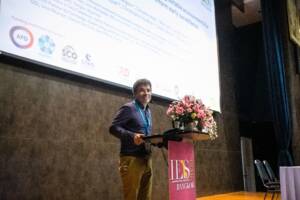 Vincent Herbreteau, Health geographer at the French National Research Institute for Sustainable Development (IRD) and hosted at Institut Pasteur du Cambodge, was invited to give the introductory keynote of ILS 2022 and presented innovative approaches to the spatial observation of leptospirosis. He reviewed the contribution of the use of Earth observation satellites to the study of leptospirosis, to identify suitable climatic and environmental conditions, or to target the most exposed populations. He then focused on how routine modelling of these suitable conditions can now help to inform public health officials in real time about where and when leptospirosis is likely to occur.
Vincent Herbreteau, Health geographer at the French National Research Institute for Sustainable Development (IRD) and hosted at Institut Pasteur du Cambodge, was invited to give the introductory keynote of ILS 2022 and presented innovative approaches to the spatial observation of leptospirosis. He reviewed the contribution of the use of Earth observation satellites to the study of leptospirosis, to identify suitable climatic and environmental conditions, or to target the most exposed populations. He then focused on how routine modelling of these suitable conditions can now help to inform public health officials in real time about where and when leptospirosis is likely to occur.
The most advanced tool in this field is Lepto-Yangon, which was developed by the ECOMORE2 – Climate team in collaboration with the Myanmar team. Based on the acquisition and analysis of images from the European Sentinel-2 satellites, this tool now routinely produces a spatial model of leptospirosis conditions in the Yangon area of Myanmar every five days. This presentation raised a lot of interest in the audience, with a tool that responds to the need to inform health services about a disease that remains under-diagnosed in Southeast Asia.
Modelling leptospirosis and its projections under future climate change in Southeast Asia
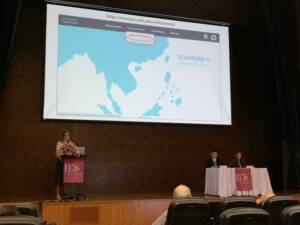 Léa Douchet, Statistician at IRD for ECOMORE2 project, also presented major results on leptospirosis distribution in the region. To do so, she used data reported since 2013 by the Thai Ministry of Public Health. She first built a model to explain the spatial distribution of leptospirosis from geographical and climatic data available on all countries in the region. This allowed to extrapolate this model to other neighboring countries (Cambodia, Laos, Myanmar, and Vietnam) to estimate a regional distribution of leptospirosis in countries where no data were available and where such maps did not exist. Finally, working with climatologists on climate prediction models, she modelled the evolution of this distribution until the end of the 21st century. Léa also presented the freely accessible ECOMORE2 platform, which provides an interactive visualization of all these models:
Léa Douchet, Statistician at IRD for ECOMORE2 project, also presented major results on leptospirosis distribution in the region. To do so, she used data reported since 2013 by the Thai Ministry of Public Health. She first built a model to explain the spatial distribution of leptospirosis from geographical and climatic data available on all countries in the region. This allowed to extrapolate this model to other neighboring countries (Cambodia, Laos, Myanmar, and Vietnam) to estimate a regional distribution of leptospirosis in countries where no data were available and where such maps did not exist. Finally, working with climatologists on climate prediction models, she modelled the evolution of this distribution until the end of the 21st century. Léa also presented the freely accessible ECOMORE2 platform, which provides an interactive visualization of all these models:
– climate projections of temperature and precipitation data according to different models and scenarios,
– current and future regional distribution of leptospirosis and Aedes mosquitoes, which are vectors of different viruses including those responsible for dengue and Chikungunya.
This work has also been recently published:
Douchet, L., Goarant, C., Mangeas, M., Menkes, C., Hinjoy, S., & Herbreteau, V. (2022). Unraveling the invisible leptospirosis in mainland Southeast Asia and its fate under climate change. Science of the Total Environment, 832, 155018. https://doi.org/10.1016/j.scitotenv.2022.155018
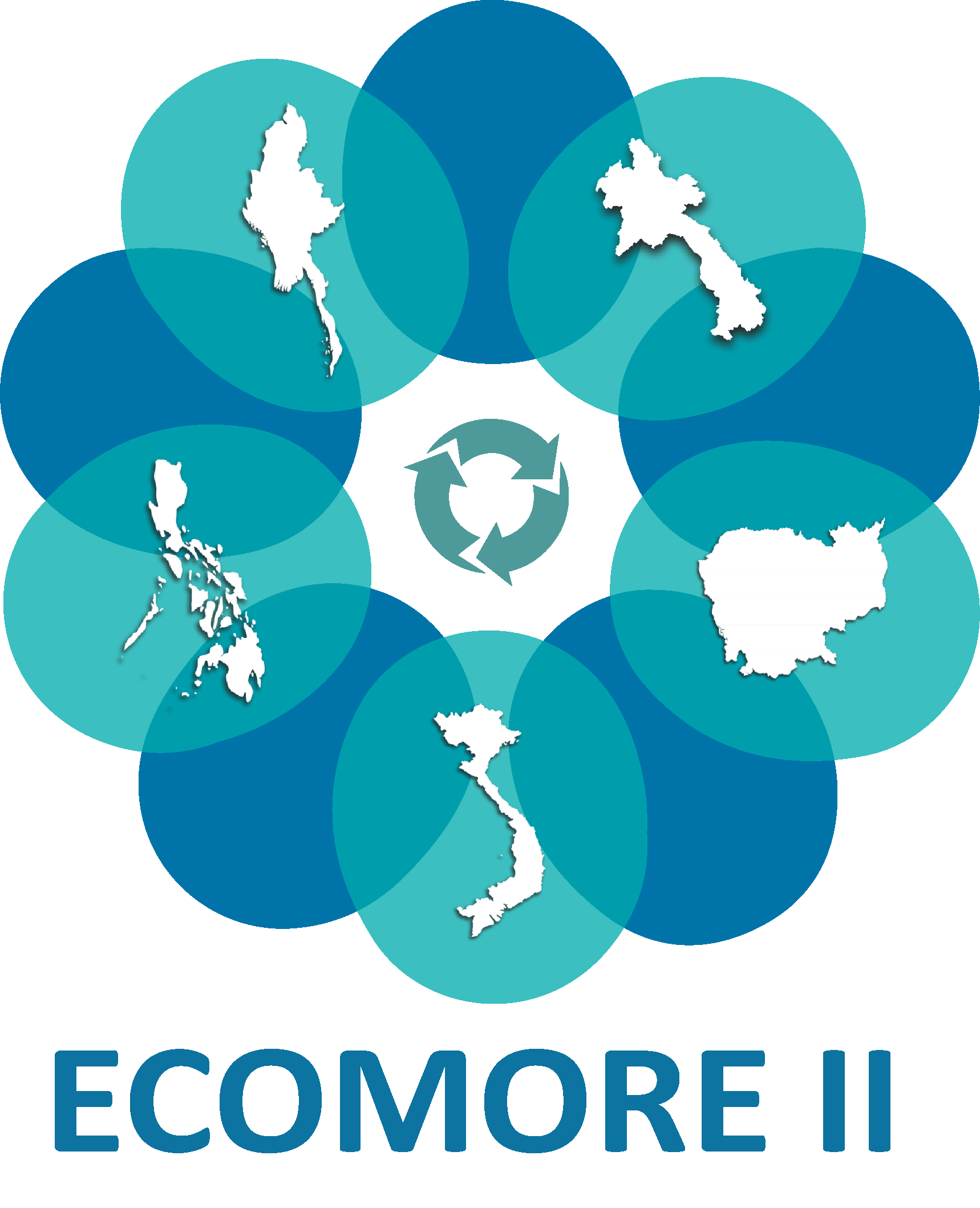
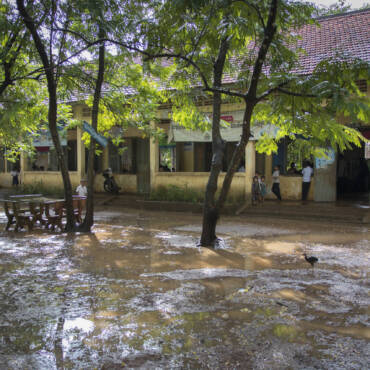
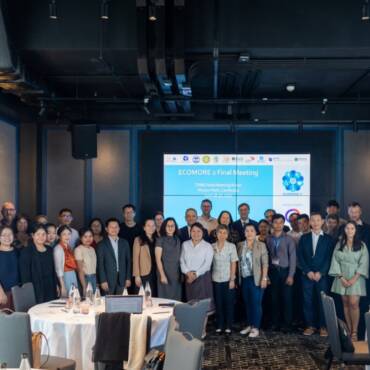
Add Comment